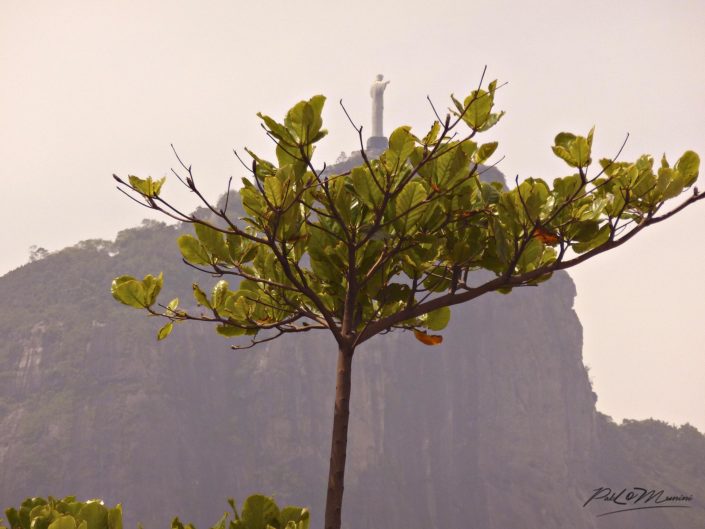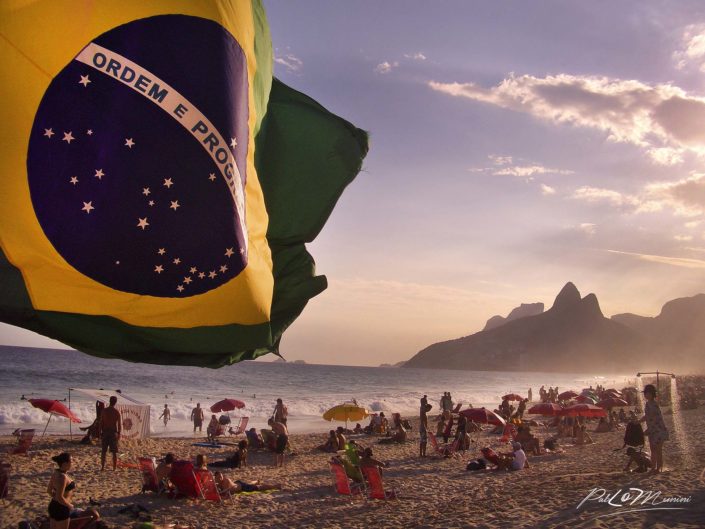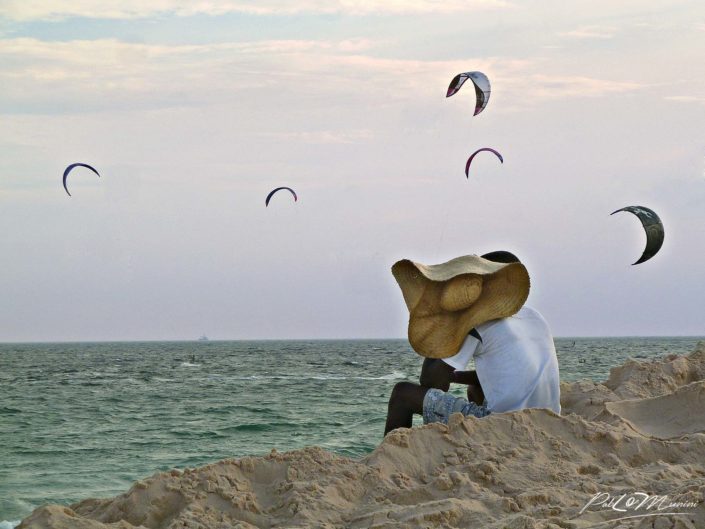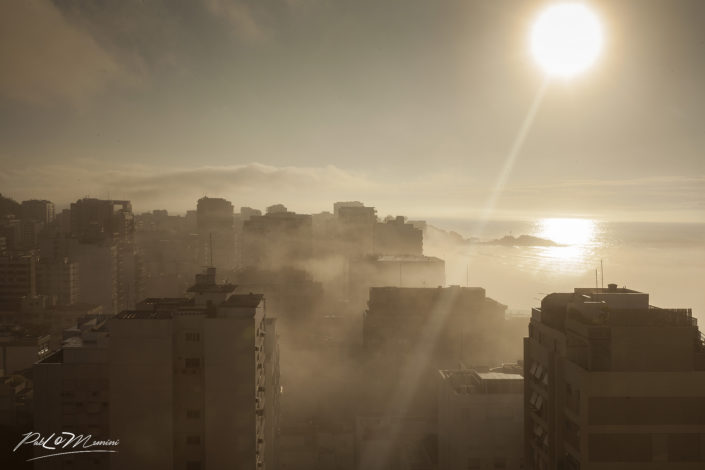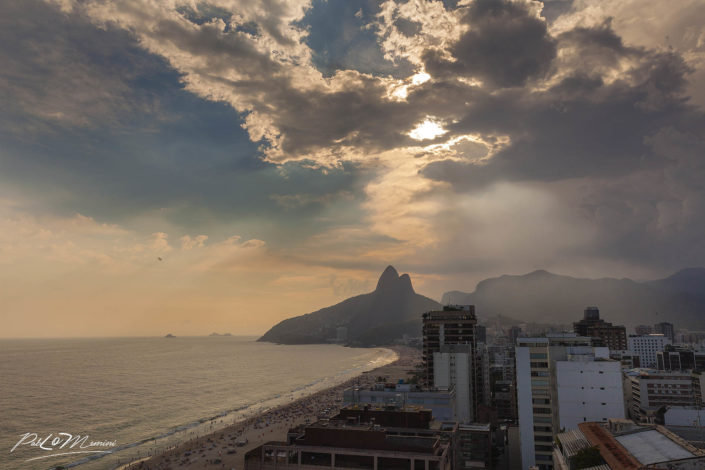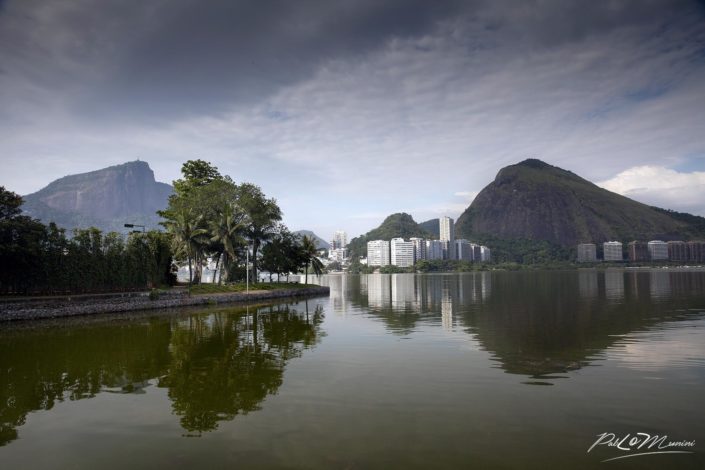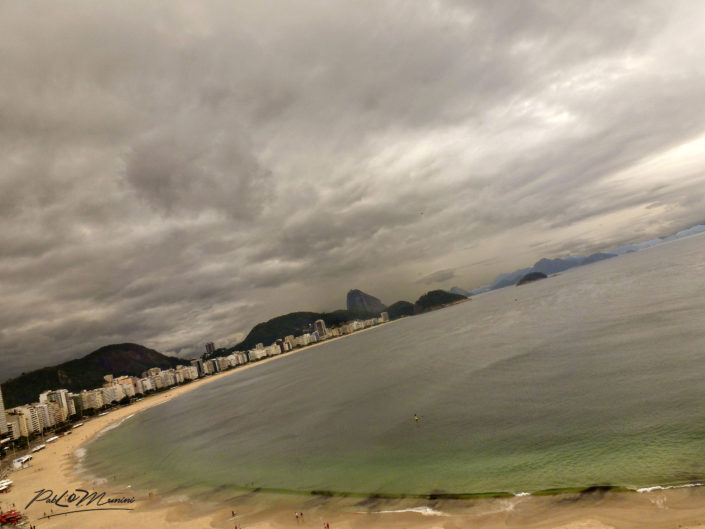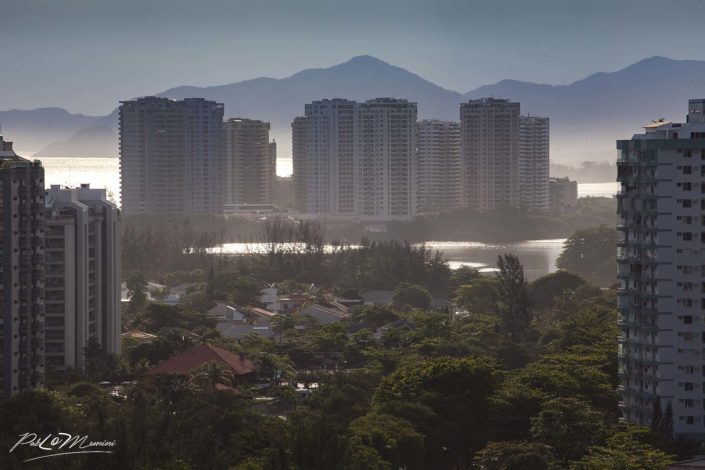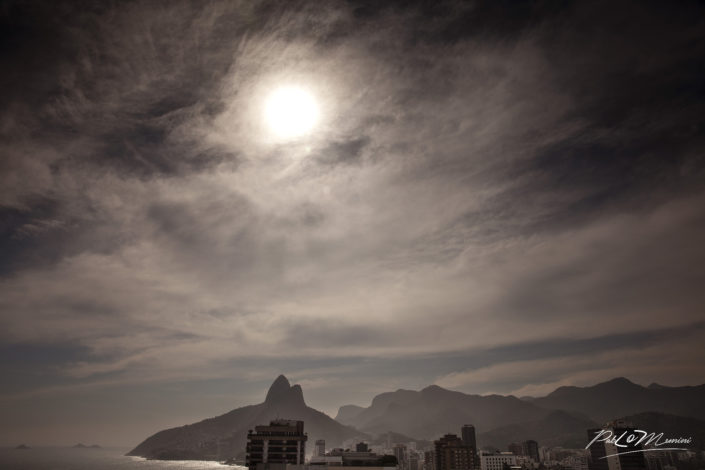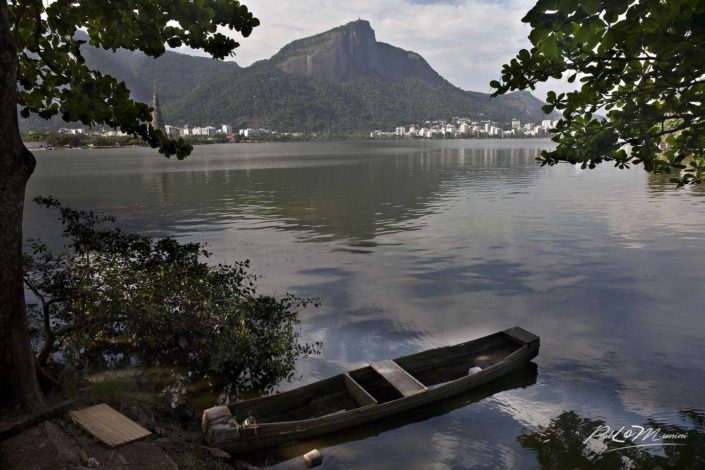Follow me:
RIO, January Bloom
Rio em flor de janeiro - Rio in the bloom of January
“A gente passa, a gente olha, a gente pára
e se extasia.
Que aconteceu com esta cidade
da noite para o dia?
O Rio de Janeiro virou flor
nas praças, nos jardins dos edifícios,
no Parque do Flamengo nem se fala:
é flor é flor é flor,
uma soberba flor por sobre todas,
e a ela rendo meu tributo apaixonado.”
Carlos Drummond de Andrade
We pass by, we look, we stop, and are entranced.
What happened to this city overnight?
Rio de Janeiro has become a flower
Our squares, our balcony gardens,
Not to mention the Parque do Flamengo
is a flower, is a flower, is a flower
A glorious flower over everything
And to her I pay passionate tribute.
Carlos Drummond de Andrade
Ipanema, 2019
Where the City Meets the Sea
Rio em flor de Janeiro - Rio in the bloom of January
Living in Rio de Janeiro means being one of the Earth’s privileged souls who can pass his days surrounded by perfect natural scenery. In Rio one finds oneself among mountains, hills of exaggerated curves, and waters that venture luxuriously and sinuously inside the city limits. Lush forests cover the land next to Rio’s sixty favelas and modern skyscrapers. Lagoons contend with the sky for the beauty of their reflections, and islands and beaches attest to a larger universe.
In 2012, UNESCO decided to make Rio de Janeiro the first city to be declared a World Heritage site in the category of cultural and urban landscapes. Until that time, cultural landscapes were confined to rural and agricultural areas, and historical gardens, but never before to an urban space.
Rio is a city where urban life is so integrated with nature that it has given rise to an outdoor culture with open spaces, public parks, gardens, and waterfronts, all of which are integral parts of its inhabitants’ daily lives.
Rio de Janeiro’s sea and nature, as UNESCO declared, have inspired the work of musicians, poets, urban planners, and many artists.
An iconic landmark of the popular Rio neighborhood of Lapa has a colorful history with a sad ending but a symbolic meaning.
Jorge Selarón, born in Chile, settled in Rio de Janeiro after traveling around the world. In 1990 he began to shape the steps that would bear his name. Considered by Selarón as a “living and mutant” work, the staircase is 125 meters high with 215 steps, and is completely covered with ceramic mosaics of different colors, sizes, and shapes. Selarón liked to sit on his steps, and was always flattered by the admiring tourists who loved to be photographed with him, of which I was one. Sadly, in January 2013 he was found dead on his famous staircase, his masterpiece, and so entered his eternity with it.
Rio de Janeiro is an eternal union between the exuberant nature created by God that surrounds and pervades it, and the art created by man in gratitude for this beautiful place. With open arms over the Corcovado, Christ the Redeemer is the watcher over this solid and inseparable union.
In Rio de Janeiro, exuberant nature walks hand in hand with the sea and its beaches, which lie at the heart of the city’s life and culture. All the beaches in Rio are unfenced, public, and openly accessible to anyone at any time. The absence of gates, walls, or private beach zones is the first hint of the generous spirit of the carioca — welcoming to all, joyful, and indiscriminating.
Among the most famous is Copacabana Beach, a place where the rhythm of the city meets the sound of the sea. The Copacabana experience is about many things: rising early and going for a run along the sand, playing in the waves on a sun-drenched afternoon, or whiling away the evening over cocktails and appetizers at a beachfront kiosk. Whatever your pace, the view is unforgettable: 4 km of wide, curving sand framed by Rio’s lush green hills. For an elevated perspective, rooftop bars and the historic forts at either end of the beach provide stunning panoramic views.
Next door lies Ipanema Beach, equally iconic but distinctly different in character. Enchanting and dynamic, Ipanema attracts a diverse crowd of cariocas. Different tribes—surfers, volleyball players, artists, and sunseekers—gather at different postos (lifeguard stations), each with its own vibe. Posto 9 is perhaps the most famous, a haven for the young, fashionable, and free-spirited. The beach is a stage for life itself: people-watching, sunset walks, and long conversations as the sun dips behind the mountains. From Arpoador at the eastern edge, the sunsets are legendary. Vendors roam with everything from grilled cheese to iced caipirinhas, and beach stalls (barracas) will set you up with chairs, umbrellas, and local hospitality.
Leblon Beach, just west of Ipanema, offers a more serene, refined atmosphere. It’s a favorite among families and locals seeking a quieter day by the sea. Framed by chic residential buildings and offering views of the “Morro Dois Irmãos”, it retains a warm and welcoming feel while being slightly more reserved than its more flamboyant neighbors.
Further west, Barra da Tijuca stretches endlessly with over 18 kilometers of sand — Rio’s longest beach. Modern and spacious, it’s ideal for those looking for fewer crowds, space to surf, or room to fly a kite. The clean, contemporary vibe of Barra contrasts with the older neighborhoods, offering a different yet equally carioca beach lifestyle. It’s a hub for sports, coastal biking, and beachside brunches.
Each of Rio’s beaches is not just a postcard-worthy destination, but a vital part of daily life — a stage, a playground, and a sanctuary. They are democratic spaces where nature and community meet, where rhythm and rest coexist, and where the spirit of Rio breathes freely in the sea breeze.
Pablo Munini © São Paulo, May 2015urban natural landscape Rio

